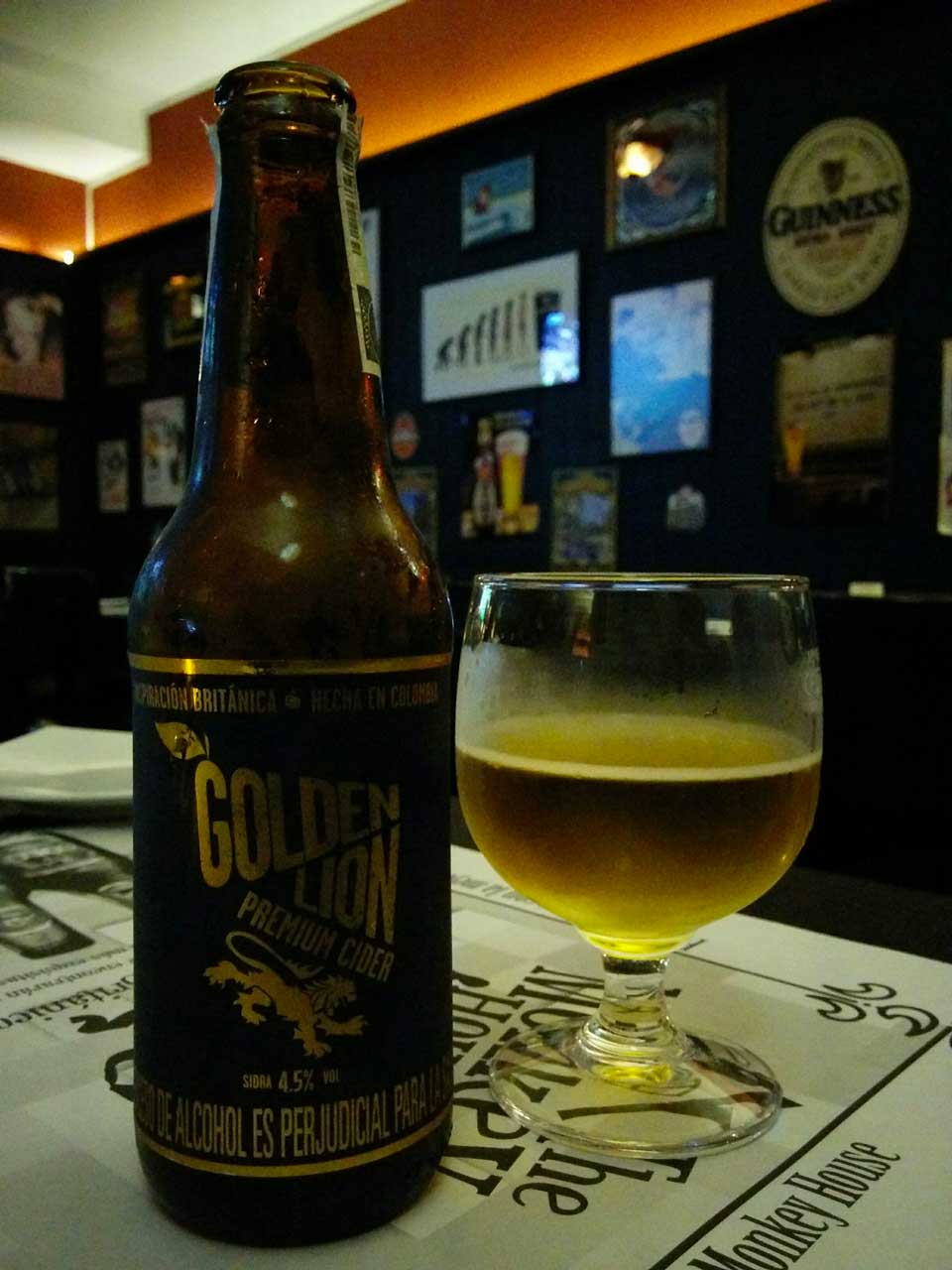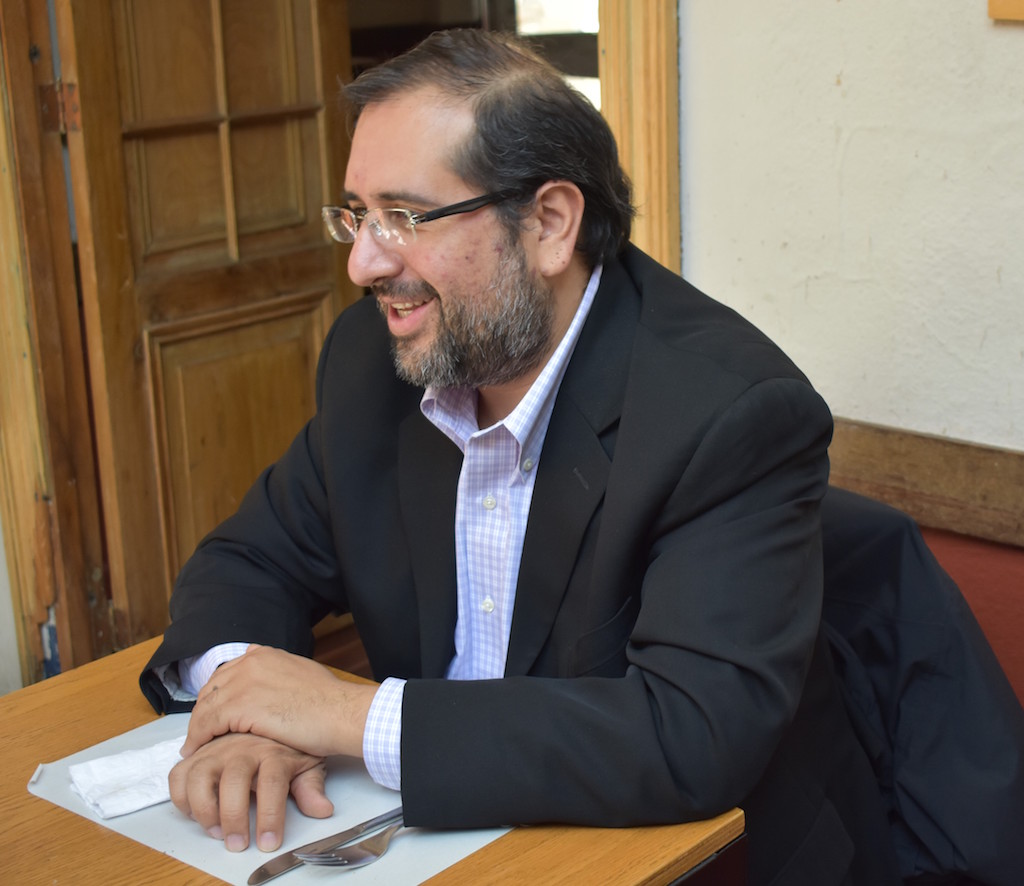
Honor Scott joins a tour visiting the remarkable graffiti art in Bogotá.
“Just look for the blue umbrella” is a helpful piece of advice provided by the Bogotá Graffiti Tour website. An even easier way to find the tour – which runs two daily departures from the Parque de los Periodistas – would be to “look for a throng of expectant-looking, camera-clutching non-bogotanos huddled around a blue umbrella.”
There is a reason these tours are so popular: they’re good. And theoretically free, though the tour operators expect donations of around COP$30,000 per head, or US$10, which most punters are happy to pay. This money is reinvested in the tour itself and in graffiti works.
Ana, a street artist and political scientist, is in charge of our group as we gather in the centre. She started making her mark in Bogotá’s streets in back in 2011. Known as ‘Parasito Callejero’ or ‘Street Parasite’, this pseudonym hardly matches her appearance; dressed head-to-toe in a vibrant colours, she practically blends into the murals as she explains the fascinating and complex culture that she is clearly so passionate about.
First, we get a run-down of the basics: understanding the difference between graffiti writing and street art. The former is anything from scrawled, easily disregarded tags to huge, tangled 3D letters covering greater expanses of wall space. Most – to the uninitiated like us – seem near-impossible to read, but the point, Ana explains, is to speak to those within the graffiti community, who will know exactly who left their mark here.

Technically, street art is any expression which takes place in the streets and which seeks to communicate an idea to society at large, which can take the form of everything from murals to performances. The tour is as much about political insights, social messages and the communities behind the paint as it is about the art itself.
Ana’s stories bring to life the drive and commitment it takes to be a grafitero.
Some have a less than happy ending. There’s physical danger inherent in attempting to paint where no one has before – three artists were crushed by a metro train in Medellín last year. And artists suffer persecution from both the police and members of the public, sometimes in the form of bullets. It seems that graffiti artists don’t always reach retirement.
Changes in the law in recent years have, officially, made graffiti a less dangerous occupation. However, as Ana points out, a lack of police training means that officers are often not even aware of the law, let alone willing to comply with it.
Related: Graffiti in Bogotá, urban art versus conservation
In addition to the physical risks, there’s also a mental component. Overcoming fear of the potential consequences of graffiti painting takes time, as well as a certain natural inclination to challenge the system. And for women this is even more complex.
It is no coincidence that, out of the 5,000 graffiti writers and street artists in Bogotá, just 500 are women. They may face sexual harassment and assault in addition to the beatings, nights in jail, and framing for drug-related crimes that all graffiti artists face. It goes deeper than that too, because of ingrained cultural messages about women’s ‘role’ and their ‘natural place’ in society. Which, of course, is not out on the streets, let alone after dark and alone. To follow their passion women are not only required to break the rules, but also socially instilled gender boundaries.
Such insights, as well as the breadth and breath-taking quality of the graffiti, makes the tour a worthwhile couple of hours, both for visitors and for residents who want to know a little more about what, and who, is colouring the streets of their city.





